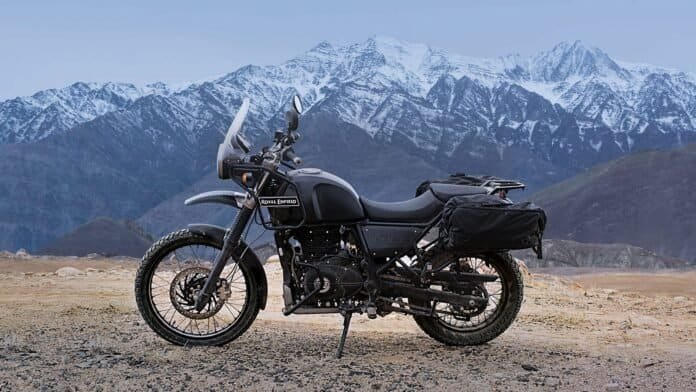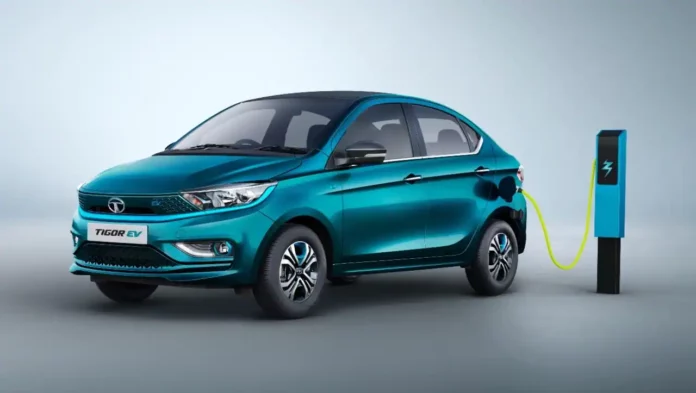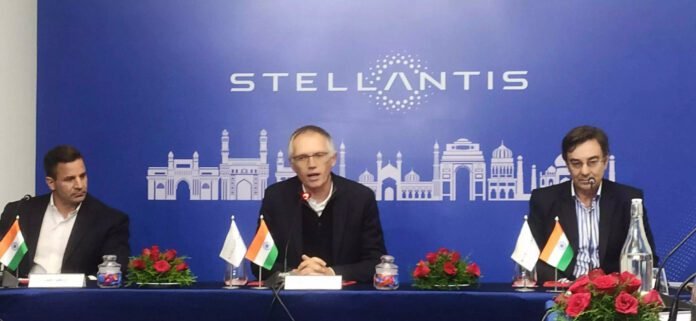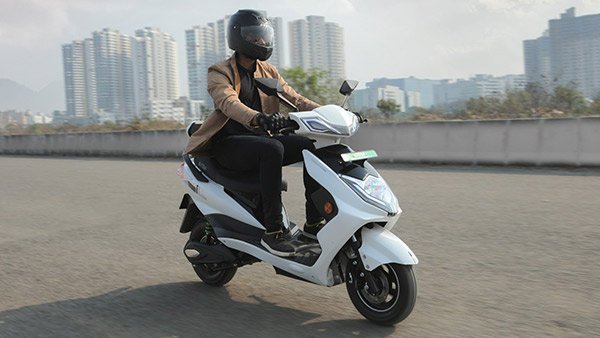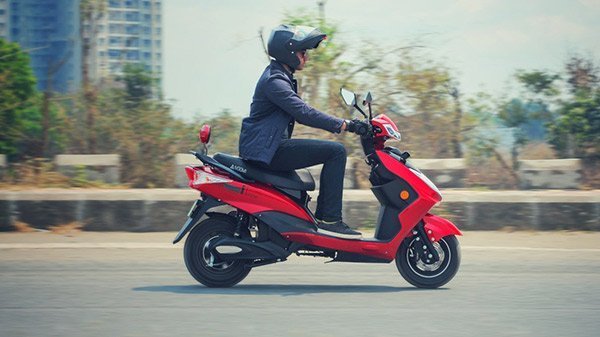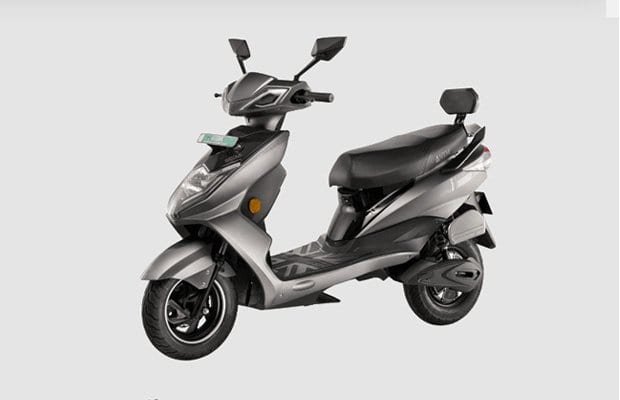Royal Enfield has stood true to its ‘ four motorcycles a time ’ strategy. We got Scram 411, a new Classic 350, new Hunter 350 and lately unveiled Super Meteor 650. Royal Enfield’s share for new launches in 2022 seems to have come to an end.
That said, hereafter noway sleeps and with a future of EVs gaining traction, mainstream 2W manufacturers ca n’t go to miss the EV train. clearly not Royal Enfield, as it seems to have a monopoly on classic and antique motorcycles at least in India. shaft has a ton of overseas fanbase to please as well.
To continue being at the top of their game, Royal Enfield has planned multiple launches over the coming many times. One of them is an electric Himalayan. You heard that right. An electric ADV from a mainstream motorcycle manufacturer. Let’s take a look.

Royal Enfield Himalayan EV
It was at Hunter 350 launch that Eicher Motors CEO Siddhartha Lal gave subtle hints as to what kind of EVs may come out of Royal Enfield forces in the coming times. He mentioned that the veritably first Royal Enfield electric vehicle will be revealed in a three to four times timeline. Indeed though it meant staying, RE verified that it had its bottom on the ground.
Lately we saw Electrik01 conception in a blurted picture which looked extremely radical. commodity no bone had seen in a century. It had a futuristic vibe and stood by its retro charms along the way. Enfield Electric Himalayan radiates the same vibes. In this sense, it’s stillneo-retro in its appeal, but gets a futuristic design language.

Gone is its beak and in its place is a bikini donation that holds its round headlights. A altitudinous bill adorns its frontal fascia and gives it an ADV feel. It’s apparent that Royal Enfield is cleverly incorporating its frame as its body panels, exposed for display. At the reverse, we can see a sharp subframe and a clean profile.
Line spoke skirtings are retained and are likely to be 21 ” at front and 17 ” or 18 ” at the reverse. Royal Enfield Himalayan Electric gets amid-mounted motor transferring power to rear bus via chain drive. Mono- shock hinder suspense and swish aluminium swingarm are part of its package as well.
Unlike Electrik01 which is a prototype, Enfield Himalayan Electric is still in conception design phase. It’s possible that when the new strain of electric 2W from Royal Enfield sees the light of day, electric Himalayan could be the flagship. We say this because owing to its nature, an ADV should have a long range.


